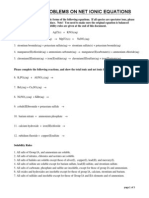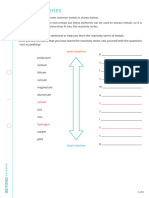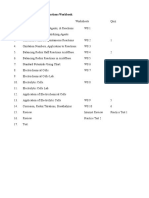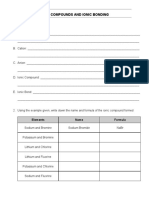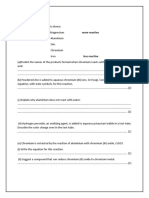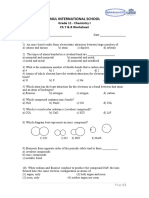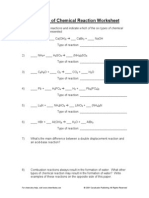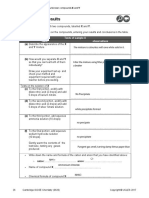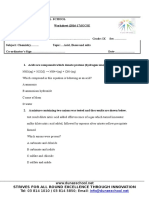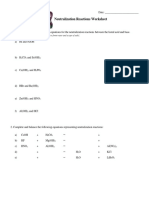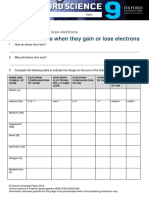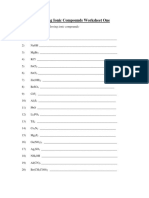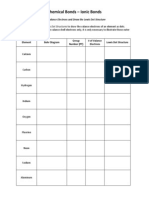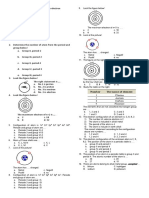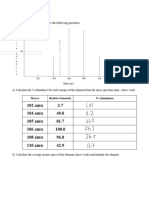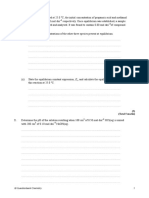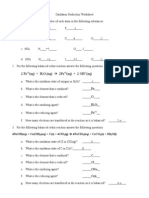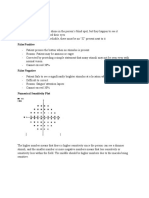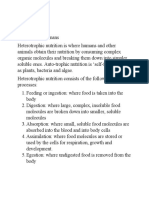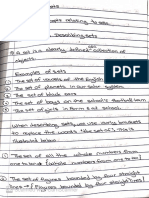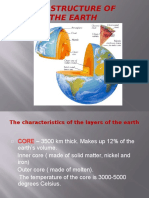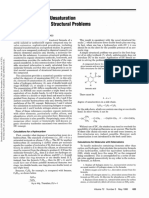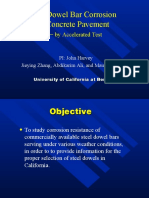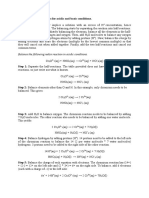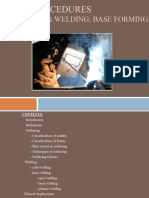100% found this document useful (1 vote)
680 views2 pagesOxidation Reduction Worksheet
1. The document provides oxidation-reduction worksheets with multiple questions about determining oxidation states of elements in compounds and identifying oxidized and reduced elements in balanced redox reactions.
2. Students are asked to determine oxidation states, identify oxidized and reduced elements, oxidizing and reducing agents, and electrons transferred for 6 different redox reactions.
3. The final two questions ask students to determine oxidized and reduced elements and write half reactions for additional redox reactions.
Uploaded by
Leigh-Ann AmorosoCopyright
© © All Rights Reserved
We take content rights seriously. If you suspect this is your content, claim it here.
Available Formats
Download as DOC, PDF, TXT or read online on Scribd
100% found this document useful (1 vote)
680 views2 pagesOxidation Reduction Worksheet
1. The document provides oxidation-reduction worksheets with multiple questions about determining oxidation states of elements in compounds and identifying oxidized and reduced elements in balanced redox reactions.
2. Students are asked to determine oxidation states, identify oxidized and reduced elements, oxidizing and reducing agents, and electrons transferred for 6 different redox reactions.
3. The final two questions ask students to determine oxidized and reduced elements and write half reactions for additional redox reactions.
Uploaded by
Leigh-Ann AmorosoCopyright
© © All Rights Reserved
We take content rights seriously. If you suspect this is your content, claim it here.
Available Formats
Download as DOC, PDF, TXT or read online on Scribd
/ 2

